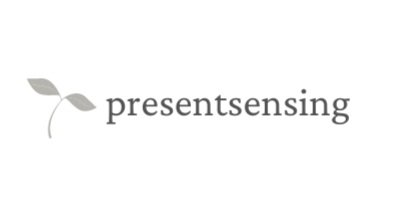The Masks We Wear Help Us to Be Ourselves
We often think of masks as something that hide our identity. But what if the masks we wear actually allow us to be more ourselves?
Inspired by Kim Krans’ Archetype deck and guidebook, this blog explores the role of masks, disowned parts, and the creative ways we express ourselves. In embodied, relational Gestalt therapy, masks can be understood not as concealment but as pathways to authenticity.
Masks as Expression, Not Concealment
Kim Krans suggests: “We often think of a mask as something that conceals our identity. Yet contemplate the possibility that The Mask permits our true identity to be revealed.”
Think back to playing dress-up as a child. Who did you try to become? Adventurous, soft, daring, playful? Masks can give us permission to embody qualities that otherwise remain hidden.
Rather than being false, masks often support us to express disowned or silenced parts of ourselves.
The Gestalt Therapy Perspective: Disowned Parts
In Gestalt therapy, exploring masks overlaps with what’s called disowned parts work. These are aspects of ourselves that have been pushed aside, silenced, or rejected.
Gestalt therapist Lisa Bradburn describes it this way: “Change happens in a person's life when the individual reintegrates a disowned part of the self into the mix of identity.”
By exploring disowned parts through masks, you can:
regain choice and awareness
re-own qualities that have been lost
integrate silenced parts into your whole self
Creative Experiments with Masks: Masking in Social Situations and Beyond
Here are some ways to begin exploring your masks and disowned parts, and how you might be masking in social situations and beyond:
Cast of Characters: Imagine all facets of yourself as characters. Sketch them, list their qualities, even make playlists for each one.
Scene Work: Write a dialogue where your characters work together on a problem. Read it aloud if you feel comfortable.
Original Mask: Reflect on photos of your younger self. What expressions (original or resting face) did you wear to survive in your family? Can you bring tenderness to that version of you?
These creative practices bring awareness and compassion to parts of yourself that may have been hidden, allowing integration and self-support.
The Mask as Support
Kim Krans reminds us: “The Mask gives voice to what was previously rejected. The Mask allows us to enact the facet of yourself that is seeking expression, yet was never given a role to play on the stage of your life.”
In this way, the mask is not about hiding. It’s about giving voice, expression, and belonging to all of who you are.
Frequently Asked Questions About Masking, Masks and Therapy
What does “the masks we wear” mean in therapy?
It refers to the roles, personas, or qualities we adopt to navigate life. Masks can hide parts of us, but they can also help express hidden strengths and truths.
How does Gestalt therapy explore masks?
Gestalt therapy uses disowned parts work, inviting you to embody and reintegrate parts of yourself that have been silenced or rejected. Masks become a tool for awareness and wholeness.
Can masks help me connect with my true self?
Yes. By experimenting with masks, you can uncover qualities that were hidden or disowned. Instead of being false, masks can bring you closer to authenticity.
Why do some people see masks as negative?
Culturally, masks are often linked to hiding or pretending. Therapy reframes them as supportive tools that allow deeper aspects of yourself to emerge.
Do you offer therapy to explore disowned parts and masks?
Yes. I offer embodied, relational Gestalt therapy in Toronto and online therapy across Ontario to support creative exploration of identity, belonging, and wholeness.
Book a free consultation to explore what therapy can make possible.
For further exploration of “masks” and a how-to guide to discovering your own “disowned parts,” check out this Medium article by Gestalt therapist Lisa Bradburn:
https://medium.com/beingwell/discover-your-disowned-part-and-re-own-what-is-lost-afe6295566b8
For more Gestalt terms and definitions, visit the Gestalt Institute of Toronto website:

